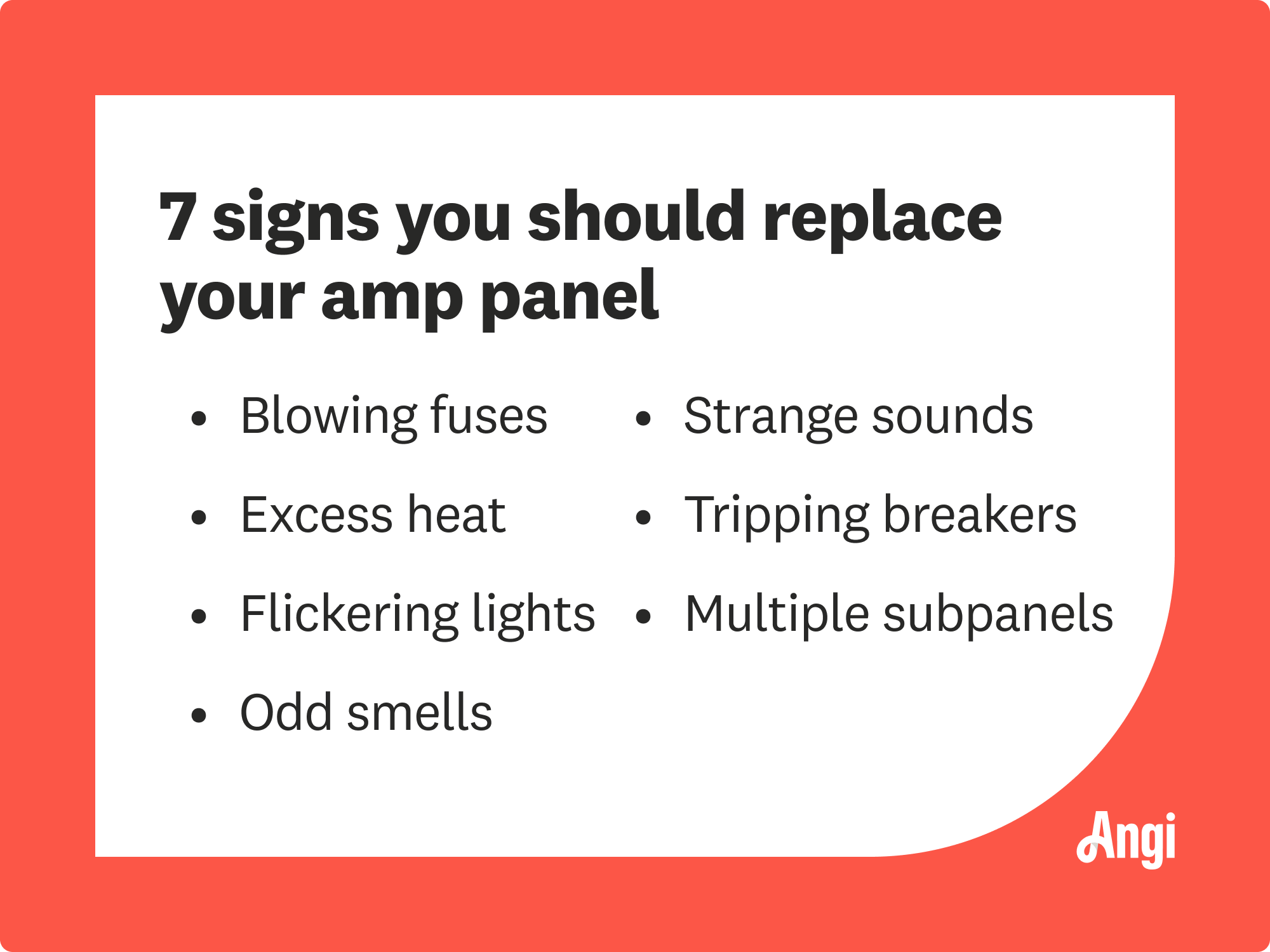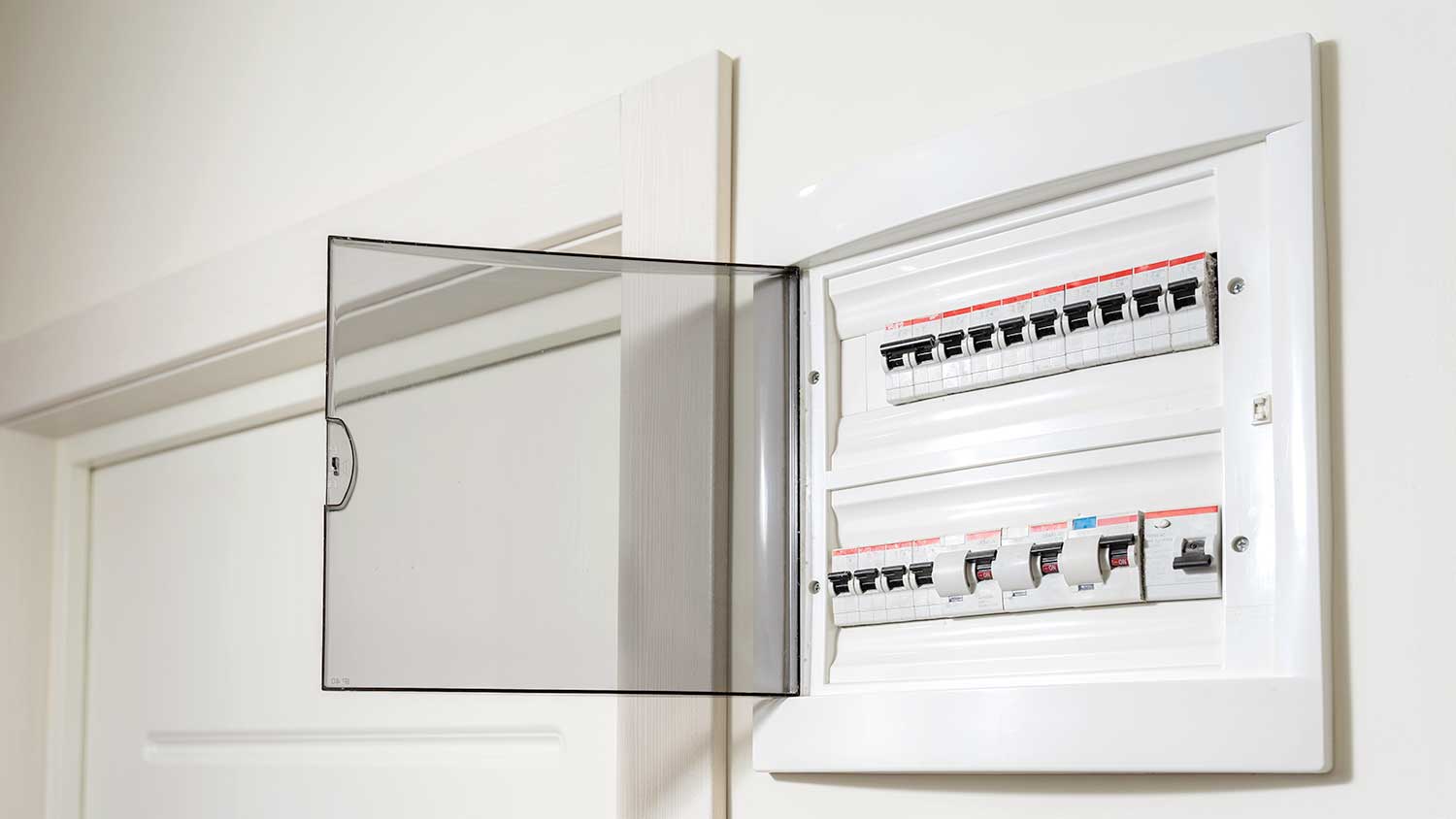
How much does electrical box replacement cost in Columbus, Ohio? Learn why this city may be more affordable and what factors the price.
There’s nothing subpar about an electrical subpanel


Subpanels help your electric panel manage electricity by powering specific areas of the property.
A subpanel does not add to your home’s total power capacity.
An electrician can help you decide about adding a subpanel.
If you have plans to create a media room or a hobby shop in your home, you may need an electrical boost to power those areas. Enter: The subpanel.
Adding multiple items that require lots of electric power could overstress your main electrical panel, necessitating the addition of a subpanel. Let’s review how a subpanel works and how to determine if it is the right solution for your property’s electrical needs.


A subpanel serves as a branch from your home’s main electrical service panel. Using a subpanel, also known as a service panel, makes it easier and safer to manage power distribution for further areas of your home or property that need it.
You can have one or more subpanels, as long as your main panel has the capacity to allow them. A professional electrician can advise you on your home’s ability to add one or more subpanels. Plus, it’s possible to place a subpanel almost anywhere on your property. The main panel feeds the subpanel through a 240-volt double-pole breaker.
Subpanels resemble the main circuit breaker panel: They’re usually olive green or grayish in color but smaller than your main panel. Both the main panel and any subpanels will contain one or more rows or columns of circuit breakers, which resemble oversized light switches. A subpanel should have fewer circuit breakers than the main panel.

Now that you understand the purpose of a subpanel, let’s dig into the pros and cons of this electrical addition.
Consider these benefits of installing a subpanel in your home.
Safely manage power usage: If you need to run electricity to a home addition like a greenhouse, a subpanel can safely manage the increased power usage of that area. Otherwise, you could risk overloading your main electrical panel.
Fast access to breakers: You may choose to place the subpanel close to the area it is serving, rather than placing it near the main panel. That will give you fast access to the subpanel if you ever need to reset a circuit breaker.
Flexible locations: While main electrical panels are typically located in the basement or utility room, you can install a subpanel almost anywhere you need extra power, including a home theater, garage, home office, or home addition.
Improve efficiency: You can save time and money by dividing your home’s electricity between multiple electrical panels. Plus, the energy from your subpanel will reach farther areas of your home faster than the main panel.
Don’t forget to factor in the drawbacks of installing a subpanel when deciding whether to add one to your home.
Can’t increase home’s power: Adding a subpanel cannot increase the total amount of power your home is able to accept. If you have a 100-amp or 200-amp power panel, you cannot add extra amps by installing a subpanel. The subpanel feeds from the main panel, rather than increasing the total available power.
May need to upgrade the current panel instead: If you need more power to accommodate new power-hungry appliances, you may need to upgrade your electrical panel in addition to or rather than adding a subpanel.
Adding a subpanel is a proven option when your main panel has little or no room to add new breakers. The subpanel allows you to spread out power service to a certain area of the home over multiple breakers.
However, if you prefer to try to use a large-capacity breaker in the main panel to handle your new media room, you may have this option, depending on the configuration of your main panel. You could also choose to upgrade your existing main panel for a new one, gaining additional breaker slots and, potentially, more total amps.
Installing a subpanel is a less expensive option than replacing your main breaker box. However, the difference in cost is closer than you may think.
The average cost to install a subpanel ranges from $400 to $1,750. Meanwhile, the typical cost to upgrade a main electrical panel ranges from $500 to $4,000.
The number of amps you want in the subpanel and the number of individual breakers the subpanel will contain will affect the price significantly. Subpanels with more breakers that handle more power have a higher cost. Plus, if your system has outdated wiring or damage, that will increase the project cost beyond the estimated range.
If you are experiencing frequent electrical issues in your home, like needing to reset your breakers regularly or feeling unusual warmth radiating from the main circuit panel, a subpanel may be a good solution. If you are adding a new room that has significant power demands, a subpanel can help with power management.
Rather than deciding on your own, it’s best to hire a local electrician near you. Explain your situation to the electrician and your plans for adding any appliances or power-hungry gadgets. The electrician can help you decide the best way forward to meet your power needs safely and efficiently. Plus, they can install the subpanel for you, giving you peace of mind that your electrical needs are taken care of.
From average costs to expert advice, get all the answers you need to get your job done.

How much does electrical box replacement cost in Columbus, Ohio? Learn why this city may be more affordable and what factors the price.

How much does adding an electrical outlet cost in Columbus? Get details on average pricing, permit needs, and what affects the total cost.

How much does rewire house cost in Columbus? Learn the major factors that impact the price and how it can help increase your home's value.

Before hiring a pro, you may be able to fix a short circuit on your own. Learn how to fix a short circuit with our step-by-step DIY guide.

If your light switch won’t turn off, try these troubleshooting tips to identify the problem before contacting a local electrician.

Are there outlets not working in one room in particular? Learn what could be causing the issue and how to solve the problem.